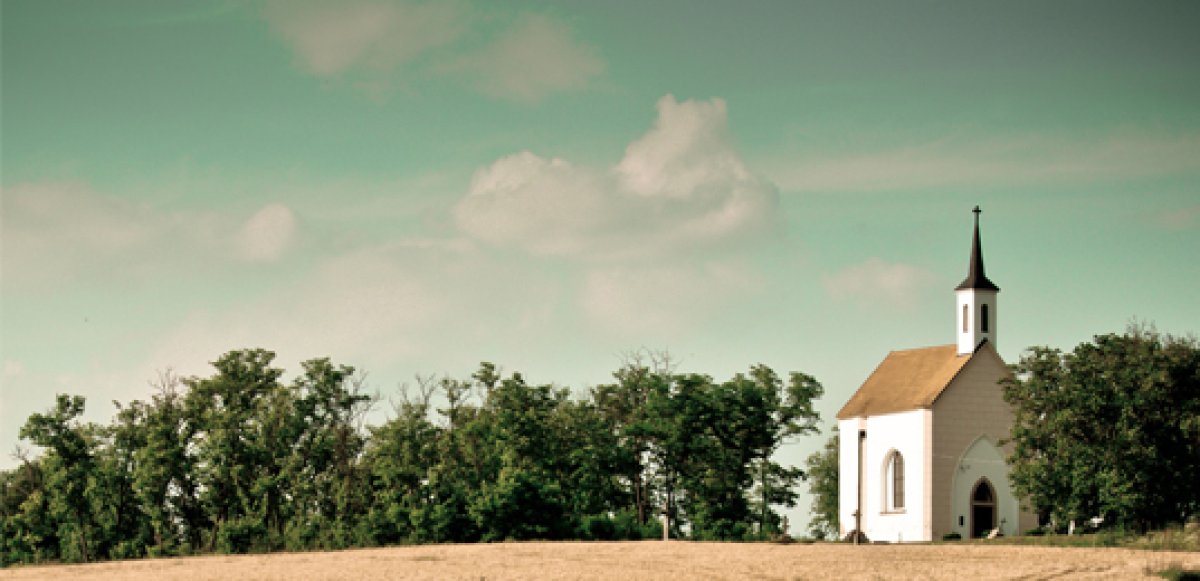Could You Define What Revival Is Biblically?
The best way to define revival is biblically. Oftentimes we get off on the wrong foot by defining revivals by history. We learn about revival from the Bible, but history simply illustrates Bible truths about revival. Revival is God bringing His people back to spiritual health. Put another way, revival is God bringing His people to a level of submission and faith where He can bless them the way He promised.
Now, before Christ, the nation of Israel had a covenant with God and they lived under that covenant called the Old Covenant. In Deuteronomy, especially in chapter 30, He told the children of Israel that no matter how far they have gone, even when they were expelled from the Holy Land (which was the ultimate chastisement for Israel), God would return them to blessings if they turned to God with all their hearts.
Now the New Covenant, which is with believers today, has a different set of promises. The New Covenant is expounded for us in Hebrews 8–10, and it is applied to us by Jesus Christ Himself in John 13–17. Jesus became our Mediator. We received special privileges in prayer, and we received the Holy Spirit to live inside of us and change everything for us. He tells us that we will “bear much fruit”—we will be productive. Everything He promised about the new covenant would be based upon abiding in Christ—the level of faith and submission where we must live to have those blessings. So revival is when God brings Christian people back to abiding in Christ.
What Revivals Have Happened to Us Since the Book of Acts?
We have to remember that revival has to do with God’s people—it happens in churches. America has had an unusual experience with revivals spreading from churches to whole regions and impacting our entire culture. You can’t understand American history without first understanding its revivals.
There was the Great Awakening from 1734 to 1760 which laid the foundation for our whole country. As a matter of fact, the writers of the Constitution, although not all Christian, were all affected by the Great Awakening. “The fear of the Lord is the beginning of knowledge.” Their phenomenal wisdom about human nature and government came right out of the national experience of the Great Awakening.
It began with Jonathan Edwards, who was greatly influenced by his grandfather, Solomon Stoddard. Stoddard wrote and preached about seeking God for revival and soulwinning. Edwards preached a series on “Justification by Faith” in 1724 that sparked the first Great Awakening.
The Second Great Awakening came after the American Revolution. The Revolution gave us independence but left the country almost spiritually bankrupt. Morals were down, and unbelief was rising. Thomas Paine, the great patriot, wrote a book called Age of Reason which argued against orthodox theology and the Bible. Age of Reason became the most popular book in American colleges, and the country was being drained of its soul. In response, a group of Baptist preachers got together in 1794 and wrote a circular letter to churches of every denomination calling for everyone to have days of prayer for a new awakening. It happened in 1795 and by the end of the year whole towns were being converted. The Second Great Awakening became the longest lasting national revival in modern times (1795–1845).
The next big revival was 1857–1858. There had been an economic panic in 1857. To help many of the businessmen, Jeremiah Lanphier announced a prayer meeting at noon. Six men came the first day, but within weeks it had grown to hundreds. Every church in New York was open at noon, and great numbers of men were getting saved when they came to prayer meeting. The prayer revival then spread all over the United States
How Do Revivals Affect the Community As a Whole?
The Christians in the first century were filled with the Holy Ghost, spreading the Gospel of Christ, and it was said they turned the world upside down. The exact results may vary though. When Simon Peter stood up in Jerusalem and announced the resurrection of Christ, thousands were converted to Christ. But when Stephen, also full of the Holy Ghost, preached the Gospel to a small group of men, they murdered him.
There is evidence that there was a revival among the Baptists in the Soviet Union in the 1960s. As a result, they didn’t overturn Communism; they went to Siberia and lost their lives instead. But they died in a state of revival.
Over the years there have been times where wrong types of practices and businesses have closed down, and where courtrooms have run out of business because there wasn’t any crime. Sometimes the fruit is very visible, but I think you can have a revival without the visible changes.
What Can Individuals Do to Prepare for Revival?
We are not left in the dark about that. Because revival is produced by the truth, teaching the truth of God’s Word lays the groundwork for revival. When it comes down to having a revival, the Old and New Testaments tell us the same thing: humble yourself and seek God’s face.
James 4, which is a revival passage, says, “Draw nigh to God, and he will draw nigh to you. Cleanse your hands, ye sinners; and purify your hearts, ye double minded. Be afflicted, and mourn, and weep: let your laughter be turned to mourning, and your joy to heaviness. Humble yourselves in the sight of the Lord, and he shall lift you up.”
Revival comes when we humble ourselves and seek the face of God in prayer—being willing to yield everything, confess sins, get clean, and surrender our lives to God. When God’s people do that, He always responds with all the blessings He promised.
Revival is not raising the bar so high it is out of reach. It can happen. We can humble ourselves. We can seek God’s face and willingly turn away from everything He shows us is wrong. Those two steps always bring revival to the heart. That is where we start.



